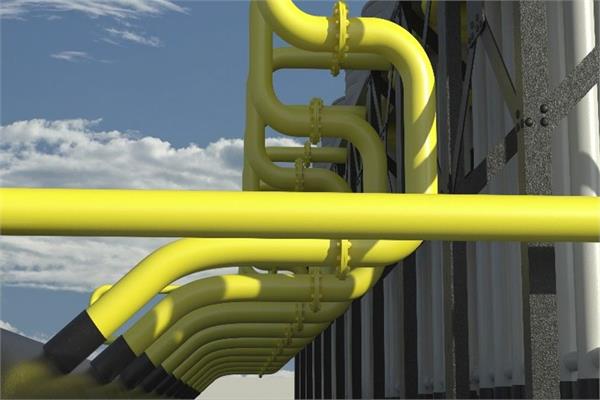
The corrosion inhibitor powders of Cortec are packaged in water-soluble bags that allow to protect cooling water systems during startup.
The international manufacturer of corrosion protection and prevention solutions Cortec® Corporation has recently announced the launch of its new Cooling Loop Croc™, corrosion inhibitor powders packaged in water-soluble bags specifically developed for ensuring the corrosion protection of cooling water systems during startup.
Spring cooling tower startup season brings additional challenges, such as highly oxygenated makeup water that increases the risk of oxygen pitting. Meanwhile, corrosion inhibitors from the normal operating water treatment program are not yet in place, heightening the risk. Biofilm buildup from the off-season also needs to be removed at startup to prevent interference with heat exchange efficiency.
Cooling Loop Croc can be added directly to an area of turbulent water just after the cooling tower has been filled, introducing a powerful dose of Vapor phase Corrosion Inhibitors® (VpCI) paired with an organic-dispersant. Once the pouch dissolves, it releases a combination of contact and Vapor phase Corrosion Inhibitors that circulate throughout the system, protecting several metals including galvanised steel, copper and brass.
The new nitrite-, phosphate- and chromate-free solution developed by Cortec is composed by more than 80% biodegradable materials and eliminates the direct handling of chemicals. Besides protecting metal surfaces in direct contact with the treated water, the vapor-phase action of Cooling Loop Croc also inhibits corrosion on inaccessible and recessed surfaces above the water level. The organic-dispersant component helps lift biofilm away from metal surfaces, preparing the organic matter for routine biocide treatment and subsequent removal – speeding up spring cleaning for the system.